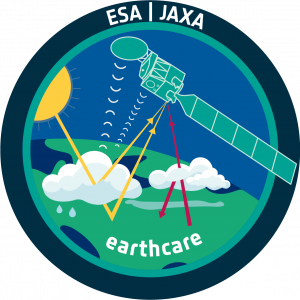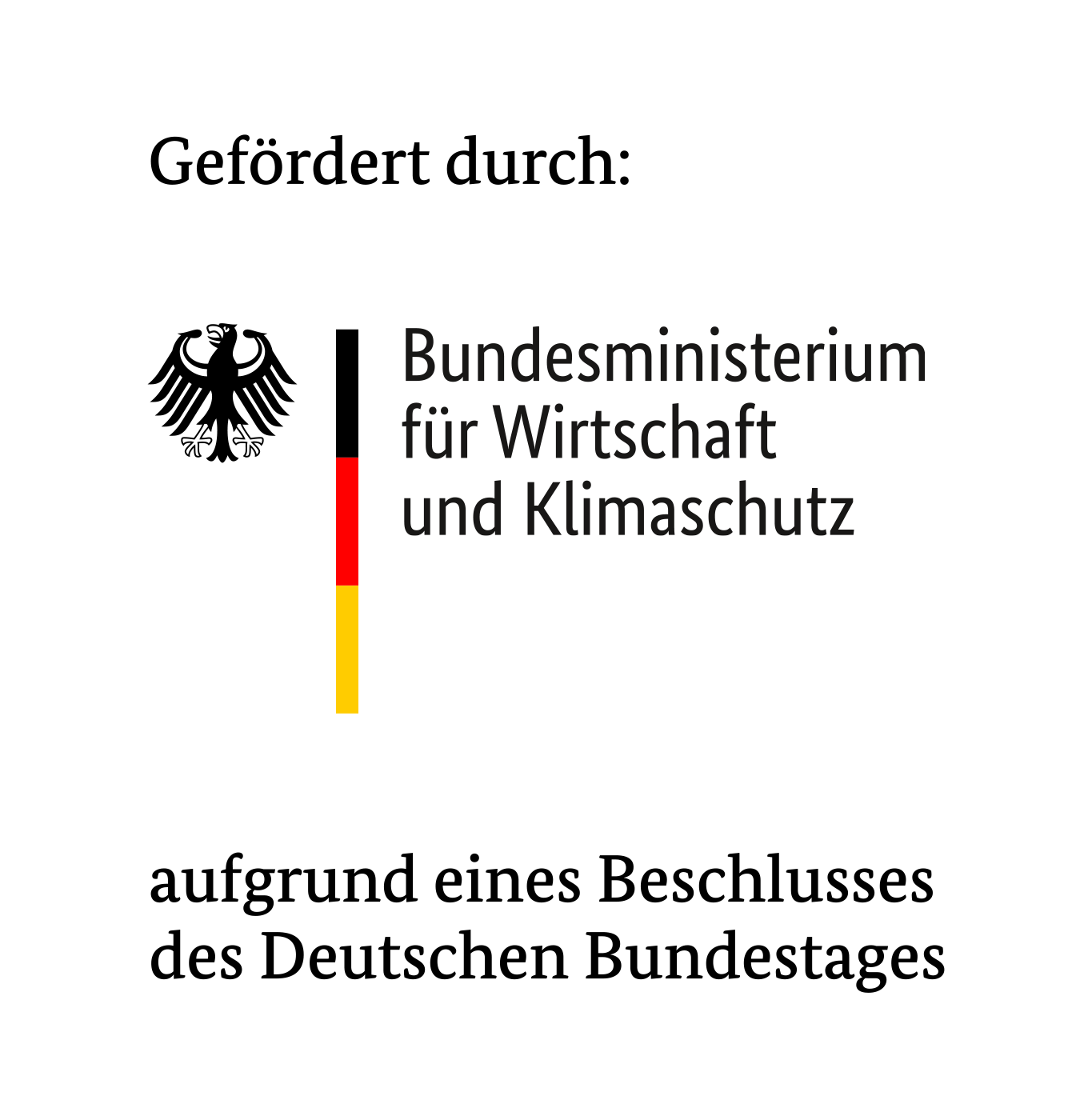Struktur der Beobachtungsdaten
EarthCARE wird nicht nur eine Beobachtungsgröße liefern, sondern gleich vier. Jedes der Instrumente liefert dabei schon einige verschiedene Datensätze sowohl atmosphärische Profile von Aerosolen- und Wolkencharakteristika vom Lidar und Radar sowie Radiometer und Spectral Imager Daten.
Durch die über 40 verschiedenen Datenprodukte ergibt sich auch eine Fülle an unterschiedliche Datensätzen welche auseinander gehalten werden müssen. Damit jeder das richtige Datenprodukt findet und es keine Verwechslungen gibt, wurde für EarthCARE eine spezielle Nomenklatur eingeführt. Eine Übersicht darüber sowie eine Beschreibung der allgemeinen Datenstruktur findet es hier. Der Datendownload geschieht über das Bodensegment der ESA und JAXA.
Überblick über die EarthCARE Datenstruktur
Das ESA Payload Data Bodensegment stellt insgesammt 44 EarthCARE Datenprodukte zur Verfügung. Dabei sind diese durch folgende Kürzel gekennzeichnet. Der Produktname setzt sich dabei aus Zwei teilen zusammen, der erste Teil ergibt sich aus den Namen der Instrumente, wobei bei Synergistischen Produkten die Reihenfolge der Buchstaben auf die Relevanz des Instruments im Produkt weist:
- A – ATLID
- C – CPR
- M – MSI
- B – BBR
- AM – ATLID + MSI
- ACM – ATLID + CPR + MSI
- etc.
Der zweite Teil des Namens gibt die eigentliche Variable an (z.B.: CTH für cloud top height, CAP für cloud and aerosol properties).
Von den Level 0 Produkten gibt es für jedes Instrument genau eins (A-L0, M-L0, B-L0, C-L0). Diese Datensätze enthalten die Systemdaten der einzelnen Instrumente sowie die einzelnen Messmoden und sind im allgemeinen nicht für die Nutzer gedacht. Zu jedem Instrument gibt es auch ein nominales L1b Datenprodukt welches den Nutzern zur Verfügung steht.



